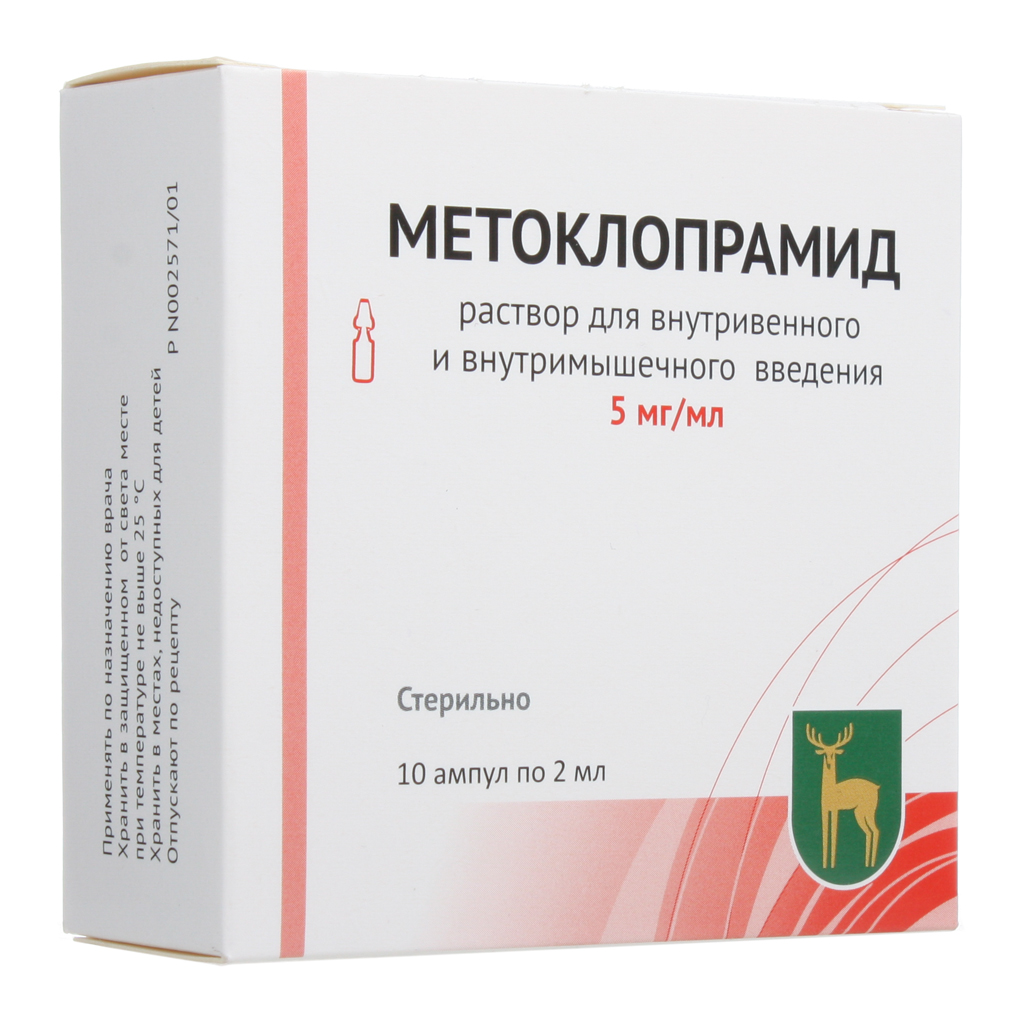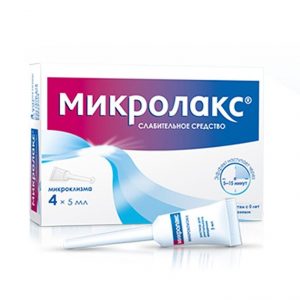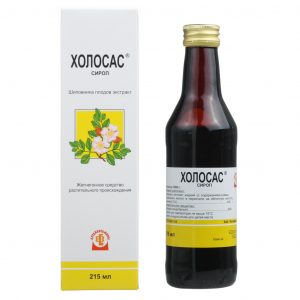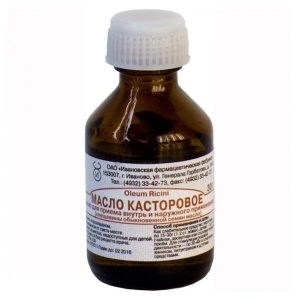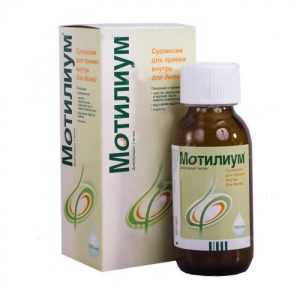Description
Pharmacological action
Metoclopramide – an antiemetic, helps to reduce nausea, hiccups stimulate gastrointestinal motility. The antiemetic effect due to blockade of dopamine D2 receptors and an increase in the threshold of the trigger zone chemoreceptors is a blocker of serotonin receptors.
Metoclopramide is believed to inhibit dopamine-induced relaxation of the smooth muscles of the stomach, thus enhancing cholinergic reactions of the smooth muscles of the gastrointestinal tract.
Helps to accelerate the emptying of the stomach by preventing the relaxation of the body of the stomach and increasing the activity of the antrum and upper small intestine.
Reduces the reflux of contents into the esophagus by increasing the pressure of the sphincter of the esophagus at rest and increases the clearance of acid from the esophagus by increasing the amplitude of its peristaltic contractions.
Metoclopramide stimulates prolactin secretion and causes a transient increase in circulating aldosterone, which may be accompanied by short-term fluid retention.
Indications
¦ vomiting, nausea, and hiccups of various origins (in some cases it can be effective in vomiting caused by radiation therapy or taking cytostatics)
¦ atony and hypotension of the stomach and intestines (in particular, postoperative)
erythrodesis esophagitis
¦ flatulence
¦ as part of the complex treatment of exacerbations of peptic ulcer of the stomach and duodenum
¦ to enhance peristalsis during X-ray studies of the gastrointestinal tract.
Contraindications
Bleeding from the gastrointestinal tract
stenosis of the pylorus
mechanical intestinal obstruction
perforation of the stomach wall or bowel
pheochromocytoma
epilepsy
glaucoma
extrapyramidal disorders
Parkinson’s disease
prolaktinozavisimye tumor
vomiting during therapy or antipsychotic drugs overdose in patients
breast cancer bronchial asthma in patients with hypersensitivity to
sulfites pregnancy (I trimester), lactation period
early childhood (for children under 2 years of age – the use of metoclopramide in the form of any dosage forms is contraindicated, for children under 6 years of age parenteral administration is contraindicated)
hypersensitivity to metoclopramide or any of the components of the drug.
Do not prescribe after gastrointestinal surgery (such as pyloroplasty or intestinal anastomosis), since vigorous muscle contractions interfere with healing.
If you are hypersensitive to metoclopramide or other components of the drug, be sure to consult your doctor before taking it.
Precautions: bronchial asthma, arterial hypertension, Parkinson’s disease, renal and / or liver failure, advanced age (over 65 years), childhood (increased risk of developing dyskinetic syndrome).
Special instructions
Use with caution in patients with bronchial asthma, arterial hypertension, impaired liver and / or kidney function, with Parkinson’s disease.
With extreme caution should be used in children, especially young children, because they have a significantly higher risk of dyskinetic syndrome. Metoclopramide in some cases may be effective for vomiting caused by cytostatics.
When used in elderly patients, it should be borne in mind that with prolonged use of metoclopramide in high or medium doses, extrapyramidal disorders, especially parkinsonism and tardive dyskinesia, are the most common side effects.
Against the background of the use of metoclopramide, distortion of the data of laboratory parameters of liver function and determination of the concentration of aldosterone and prolactin in blood plasma are possible.
Influence on the ability to drive vehicles and control mechanisms
During the treatment period, potentially dangerous activities requiring increased attention, quick psychomotor reactions should be avoided.
Composition
1 ml of solution contains:
Active ingredient:
metoclopramide hydrochloride 5 mg
Excipients:
disodium ethylenediaminetetraacetic acid
sodium metabisulfite
sodium acetate
acid acetic ice water
for injection.
Dosage and administration
is administered intravenously or intramuscularly to adults at a dose of 10–20 mg (maximum daily dose – 60 mg) for children over 6 years old – 5 mg 1-3 times a day for children aged 2 to 6 years, daily dose – 0.5–1 mg / kg body weight, the frequency of administration 1-3 times.
For the prophylaxis and treatment of nausea and vomiting due to cytostatics or radiation therapy, the drug is administered iv in a dose of 2 mg / kg body weight 30 minutes before the use of cytostatics or irradiation, if necessary, repeat the administration after 2-3 hours.
Before radiological a study of adults is administered iv 10–20 mg 5–15 minutes before the start of the study.
Patients with clinically severe hepatic-renal failure are initially prescribed a dose 2 times lower than the usual dose, the next dose depends on the patient’s individual response to metoclopramide.
Side effects
From the digestive system: at the beginning of treatment, constipation is possible, diarrhea is rare – dry mouth.
From the side of the central nervous system: at the beginning of treatment, a feeling of tiredness, drowsiness, dizziness, headache, depression, akathisia are possible.
Extrapyramidal symptoms may occur in children and young adults (even after a single use of metoclopramide): spasm of the facial muscles, hyperkinesis, spasmodic torticollis (usually disappear immediately after stopping metoclopramide).
With prolonged use, more often in elderly patients, the phenomena of parkinsonism, dyskinesia are possible.
From the hematopoietic system: agranulocytosis is possible at the beginning of treatment.
From the endocrine system: rarely, with prolonged use in high doses – galactorrhea, gynecomastia, menstrual irregularities.
Allergic reactions: rarely – skin rash.
active substance
metoclopramide
Terms of delivery from
pharmacies Prescription
